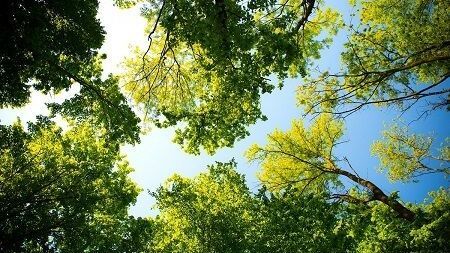Bamboo branded merchandise – are they sustainable?
Bamboo and promotional products


Is Bamboo good for the environment?
Like most plants bamboo will absorb carbon dioxide and give out oxygen as it grows. However bamboo grows fast, really fast, as much as 3 feet per day for some varieties. This means it reaches maturity in between 1 and 5 years but this growth rate also effects the oxygen production. Bamboo produces around 30% more oxygen that various tree varieties with a similar effect on carbon dioxide absorption.
When bamboo is harvested it is cut at the base and it grows again without replanting. This form of harvesting is good for the soil because it does not involve disturbing roots and re-ploughing of land. Soil health being particularly important in areas of the world affected by monsoon rains and the danger of landslides.
The downsides, and there always downsides, are essentially twofold. Firstly, where bamboo is grown commercially it involves the clearing of all existing trees and the planting of a bamboo monoculture. Like all monocultures the biodiversity is adversely effected from insects to small animals as the ecosystem is disturbed. This situation applies to any monoculture, not just bamboo. Similar concerns are raised over fields of avocado trees in South America, forests of eucalyptus trees in Portugal and plains of corn and soya in North America.
The second issue is that commercial bamboo is really only fully developed in China, a country with few agricultural and environmental standards. And China means shipping large distances to arrive in Europe. Shipping which within the promotional merchandise world fortunately involves sea in the main rather than Chinese air miles.
When is Bamboo sustainable?
Like all questions of sustainability the issue is never clear cut and one has to compare use of bamboo to the alternatives depending on usage.
1. Alternative to wood.
Thinking of products like the blue tooth speak and the phone charger – to be found here:
https://www.pavilionearth.co.uk/seeds/bamboo-blue-tooth-speakers
https://www.pavilionearth.co.uk/seeds/bamboo-wireless-charger
The alternative to bamboo would be wood and very often hard woods. Bamboo scores highly here against woods and were strength is required and hard wood is the option then bamboo wins even if we are talking PEFC or FSC accredited woods.
2. Alternative to plastic
When we are looking at using as an alternative to plastic in such applications as:
https://www.pavilionearth.co.uk/seeds/bamboo-powerbank or
https://www.pavilionearth.co.uk/drinkware/glass-and-bamboo-diffuser
then since bamboo is a renewable resource which will naturally biodegrade and not pollute the oceans with micro plastics, it is clear bamboo is the sustainable alternative.
3. Bamboo fibre
On the surface, bamboo looks like a sustainable solution for the textile industry. But its use as a fabric is actually where this grass falls short.
There’s a good reason why Global Organic Textile Standards don’t give certification to bamboo textiles. Not even if they’ve been produced with organically grown bamboo.
Turning rough bamboo grass and shoots into a usable fabric is not an easy feat. It requires an intensive and chemical heavy process to produce the fabric. In industrial textile production, cellulose-heavy bamboo pulp is dissolved in a chemical solution. It’s then pushed through a spinneret to produce a yarn which is chemically solidified. Once the yarn has been produced, it’s often treated with dyes, bleaches or formaldehyde. The end product is a rayon fabric which is far from natural or organic.
The same argument can be applied to the production of cotton. Cotton is often treated using a chemical process. But unlike bamboo, it’s possible to buy Fairtrade certified and sustainable cotton.
For these reasons pavilion has steered clear of using Bamboo fabrics in our range certainly for the foreseeable future.





